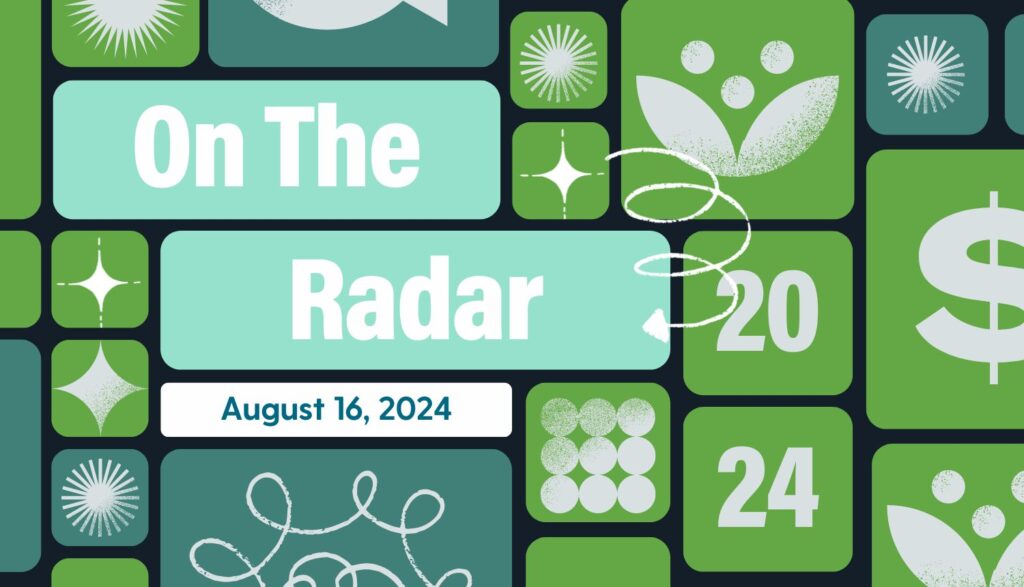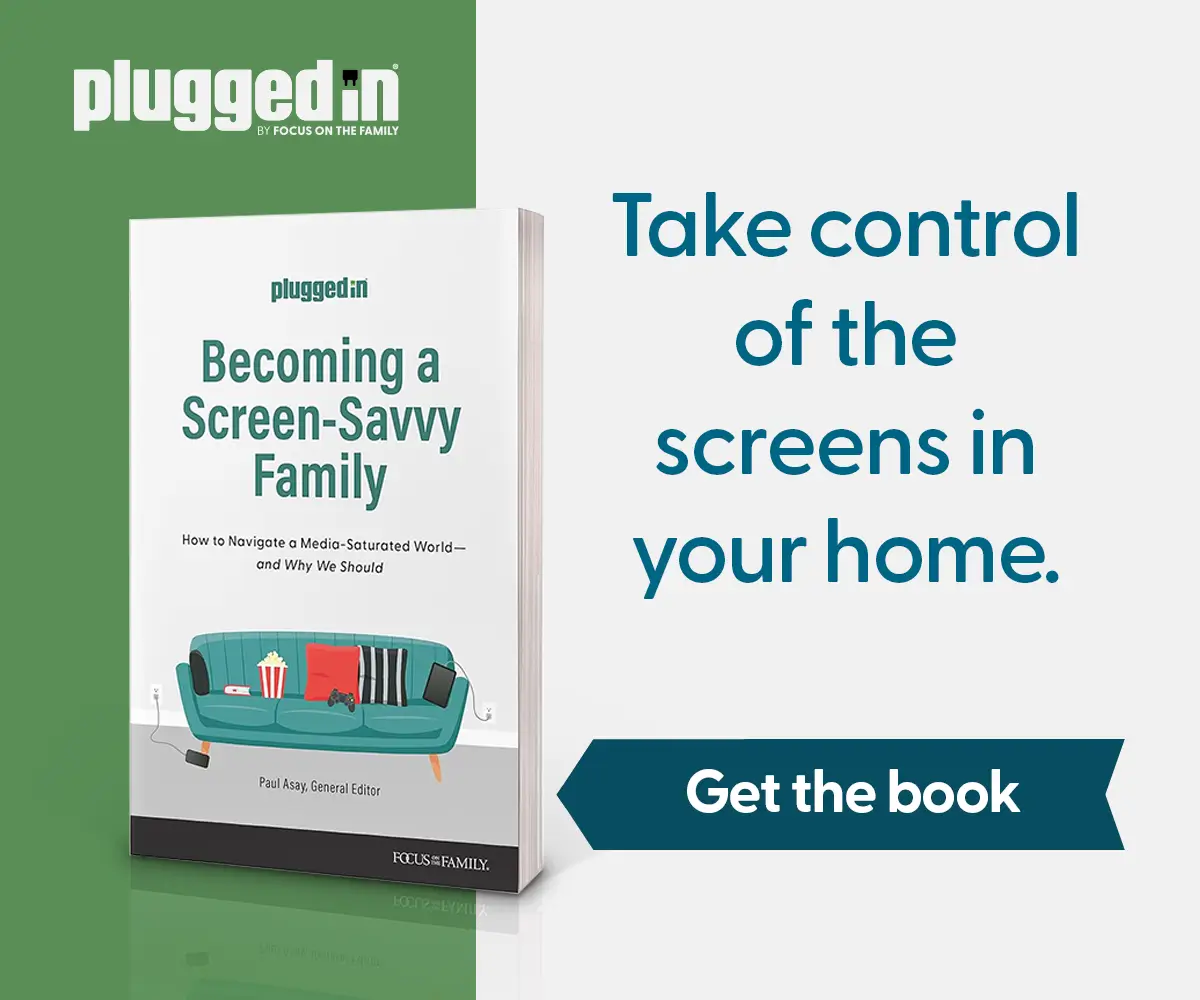Most Social Media Influencers Don’t Make Much Money
What? Social media apps such as TikTok, YouTube and Instagram sought to increase the number of creators (and therefore, the number of viewers) on their platforms by creating incentive programs for influencers. But recently, many of these companies have drastically pulled back on those incentives, leaving content creators without reliable income.
So What? More than half of Gen Zers believe they can make a successful career out of influencing. But The Wall Street Journal reports that 48% of creators—those that are trying to make a career out of their social media influence—made $15,000 or less last year.
Now What? If your teen or tween is considering a career in social media, talk to them about these statistics. But also talk to them about the demands of the job. Most influencers say the job is a constant grind and report feeling anxious and vulnerable since payout isn’t guaranteed and benefits aren’t included. And that’s nothing to say for the volatility that can come directly from fans.
To learn more about the realities of influencing, listen to The Plugged In Show “Episode 134: Of Influencers and Dinosaurs,” where we interview former YouTube star Andrew Armstrong about his own experience.
Why Are Teens Freaking Out About ‘Moon Faces’?
What? “Moon face” or “cortisol face” refers to when a person’s face looks round and “puffy” due to high cortisol levels in the body. It’s most commonly found in folks who take steroids or have Cushing Syndrome (a very rare condition), but it has taken TikTok by storm.
So What? Misinformed adolescents may believe that any amount of stress (which can cause an increase in cortisol production) will result in “moon face.” But doctors and health experts have debunked this theory. “Everyday stress, even if chronic, does not typically elevate cortisol to the levels needed to produce [moon face],” Dr. Vijay Murthy (co-founder of Murthy Health) told Healthline.
Now What? If your teen notices that their face is looking puffy or swollen, high cortisol levels are unlikely to be the culprit. Murthy says a high salt intake, allergies, certain medications or medical conditions, or even a lack of sleep are more probable. So encourage your child to cut back on salt, increase water and prioritize sleep first.
New Study Finds Link Between Children’s Angry Outbursts and Tablet Usage
What? A new study by JAMA Pediatrics found that kids who use tablets frequently demonstrate a “higher number of expressions of anger and frustration.” Conversely, the more children throw tantrums, the more they use tablets.
So What? Researchers were not surprised by this bidirectional association. But Dr. Leana Wen (an emergency physician and adjunct associate professor at George Washington University) urged parents not to use tablets as a “pacifier” to soothe their children or as a “babysitter,” since both rob children of important social engagement with adults and other kids.
Now What? Rather than quitting screens cold turkey, Wen recommends setting technology boundaries for your family. Decide in what circumstances your littles will be allowed to use their screens and for how long. And especially as your kids get older, teach them to be aware of their usage so they don’t miss out on valuable face-to-face interactions in favor of screen-to-screen ones.






One Response
“kids who use tablets”
I got confused by the phrasing and the blogpost title and thought this was talking about improper prescription/administration of medicinal tablets instead of excessive use of the square electronic screens. Whoops